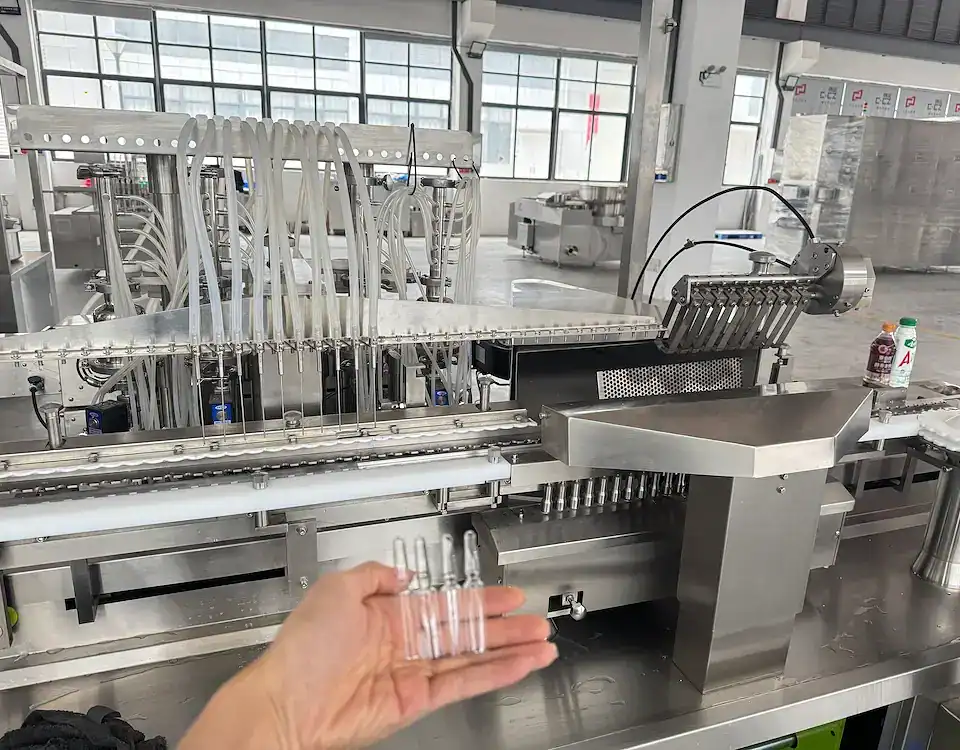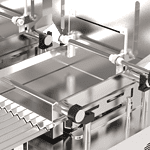
Top 10 Capsule Counter Export Suppliers in China
What makes a vision inspection machine efficient? | Grand
Introduction
In the high-stakes world of cosmetic manufacturing, appearance is everything.
When a customer picks up a bottle of premium facial lotion or a hydrating toner, they aren't just buying the liquid inside. They are buying a promise of perfection. A crooked label, a scratched bottle, or a liquid level that looks slightly "off" can shatter trust in seconds.
For manufacturers, maintaining this perfection at production speeds of hundreds of bottles per minute is a massive challenge. The human eye simply cannot keep up.
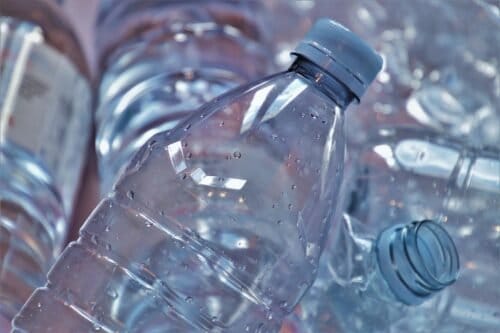
This is where the vision inspection machine becomes the most critical employee on your production floor. But not all systems are created equal. What separates a standard camera setup from a truly high-efficiency solution?
Let’s dive into the mechanics of quality control and explore how advanced Cosmetic visual inspection is reshaping the industry.
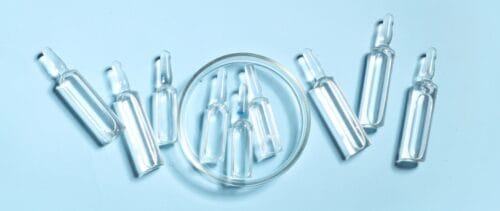
The Role of a Visual Inspection System in Manufacturing Industries
First, let's define what we are talking about. A vision inspection system in manufacturing industries is more than just a camera. It is a combination of sophisticated optics, lighting, and intelligent software algorithms.
These systems are designed to mimic human sight but with superhuman speed, consistency, and accuracy. They don't get tired, they don't blink, and they don't have "bad days."
In the context of liquid cosmetics—like toners, emulsions, and lotions—an automatic visual inspection machine serves three primary functions:
Safety: Ensuring the product is free from foreign particles (glass shards, metal, plastic).
Quality: Verifying fill levels, cap tightness, and label placement.
Brand Integrity: Ensuring every unit looks identical on the retail shelf.
Why "Good Enough" Isn't Enough for Cosmetics
Cosmetic packaging is notoriously difficult to inspect.
Unlike a cardboard box with flat surfaces, cosmetic containers are often curved, reflective, or transparent. The liquids inside might be viscous (like a heavy emulsion) or bubbly (like a toner).
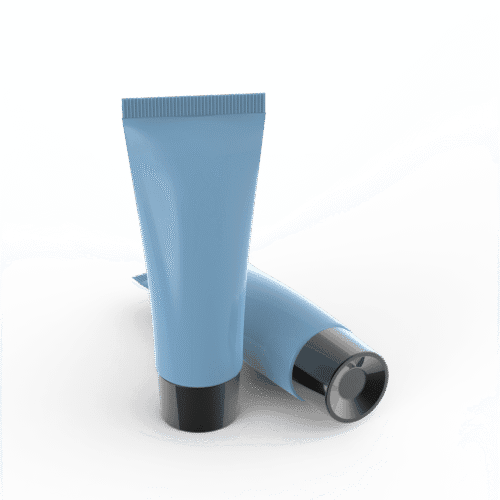
A standard sensor might mistake a bubble for a piece of glass. A basic camera might be blinded by the glare off a shiny gold cap.
A high-efficiency vision inspection unit distinguishes itself by how it handles these complexities. It uses advanced algorithms to differentiate between a harmless air bubble and a dangerous contaminant. It uses specialized lighting to "see through" the glare.
If your current system is generating too many "false rejects" (throwing away good products) or, worse, letting bad products slip through, it is time to upgrade.
Key Features of High-Efficiency Inspection
So, what should you look for? When evaluating vision inspection system manufacturers, efficient machines share specific characteristics.
1. Specialized Lighting and Optics
Lighting is the unsung hero of vision systems. You cannot inspect what you cannot see.
High-efficiency machines use multi-angle lighting. For example, to check for liquid levels in a transparent bottle, the machine needs backlighting. To check for surface scratches, it might need low-angle front lighting.
2. Handling Complex Liquids (The Emulsion Factor)
Lotions and emulsions present a unique challenge. They are opaque and thick. You can’t just look "through" them easily.
This is where specialized equipment like the GV-2000 Emulsion Testing Machine by Grandpackmachine shines.

The GV-2000 is engineered specifically for these difficult textures. It doesn't just look at the bottle; it analyzes the interaction between the product and the container. It ensures that the fill level is precise, even if the product has coated the sides of the bottle, which would confuse lesser machines.
3. The Challenge of Transparency
Clear glass or PET bottles are popular for toners and micellar waters. However, they are optical nightmares because they refract light.
A high-efficiency Bottle visual inspection machine must account for this refraction.
Take the GV-1900 Transparent Bottle Inspection Machine, for instance. It utilizes specific algorithms designed to filter out the "noise" caused by light bending through clear glass.

This allows the system to focus on what matters: finding impurities floating in the toner or identifying hairline cracks in the glass that could cause leakage during shipping.
4. The Final Seal: Cap Inspection
The liquid might be perfect, but if the cap is loose, the product is ruined.
Cap inspection is about millimeters. A cap that is "high" by just 1mm might indicate a missing liner or cross-threading.

The GV-1300 Bottle Cap Packaging Inspection Machine is designed for this level of precision. It inspects the 360-degree periphery of the cap. It checks for:
Skewed caps (crooked application).
Missing tamper-evident bands.
Color mismatch (wrong cap on the wrong bottle).
Data Integration: The Hidden Value
A truly high-efficiency vision inspection machine doesn't just reject bad products; it tells you why they are bad.
Modern systems record data. If the GV-1300 starts rejecting 5% of bottles due to "high caps," it signals to your maintenance team that the upstream capping machine needs calibration.
This data loop turns your inspection machine into a process optimization tool, saving you money on raw materials and downtime.
Comparative Analysis: Manual vs. Standard vs. High-Efficiency
To better understand the value proposition, let’s look at the differences in a structured format.
| Feature | Manual Inspection | Standard Automated Sensor | High-Efficiency Vision Inspection (e.g., Grandpack GV Series) |
| Speed | 10-15 bottles/min | 30-35 bottles/min | 40-100 bottles/min |
| Consistency | Low (Fatigue sets in) | Medium (Fixed parameters) | High (AI-driven adaptation) |
| Data Recording | None | Basic (Count only) | Detailed (Defect type analysis) |
| Transparent Bottle Handling | Good (Human eye) | Poor (Confused by refraction) | Excellent (Algorithm corrected) |
| Small Defect Detection | Poor (<1mm defects missed) | Medium | Excellent (Micron-level detection) |
| False Reject Rate | / | High (Often rejects good items) | Low (Intelligent differentiation) |
Reducing False Rejects
One of the biggest hidden costs in manufacturing is the "false reject."
This happens when a vision inspection system gets confused—perhaps by a water droplet on the outside of a bottle—and flags a perfectly good product as defective.
If your line runs at 200 bottles per minute, and your machine has a 2% false reject rate, you are throwing away 4 bottles every minute. That is 240 bottles an hour. Over a year, that is a massive financial loss.
High-efficiency machines, like the GV-Series, use intelligent software to understand context. They can differentiate between a scratch on the bottle (bad) and a mold seam line (acceptable), significantly reducing waste.
Choosing the Right Partner
There are many vision inspection system manufacturers globally, but for cosmetic lines, specialization matters.
You need a partner who understands the difference between a water-based toner and a viscous night cream. A general-purpose machine used for inspecting automotive parts usually fails when applied to the delicate, reflective world of cosmetics.
Grandpackmachine focuses on these nuances. Whether it is the targeted optics of the GV-1900 Transparent Bottle Inspection Machine or the specialized handling of the GV-2000 Emulsion Testing Machine, the equipment is built with the specific liquid properties in mind.
The Future of Cosmetic Quality Control
As we look ahead, the vision inspection landscape is evolving. We are seeing more integration of AI and Deep Learning.
Traditional vision systems use rule-based algorithms (e.g., "if the dark spot is >1mm, reject"). Deep Learning systems teach themselves. You show the machine 1,000 images of "good" lotion bottles and 1,000 images of "bad" ones, and it learns to spot the difference, even if the defects are subtle or irregular.
Grandpackmachine is at the forefront of integrating these technologies, ensuring that your production line is future-proof.
Conclusion
What is a high-efficiency visual inspection machine?
It is not just a camera. It is a comprehensive quality assurance system. It is a machine that handles the transparency of glass, the viscosity of emulsion, and the precision of capping without slowing down your production line.
For cosmetic brands, your reputation relies on the bottle the customer holds in their hand. Investing in high-quality inspection equipment like the GV-1300, GV-1900, or GV-2000 isn't just an operational cost—it is an insurance policy for your brand's image.
Don't let a single scratched bottle or loose cap reach your customer. Upgrade your vision, and upgrade your quality.

